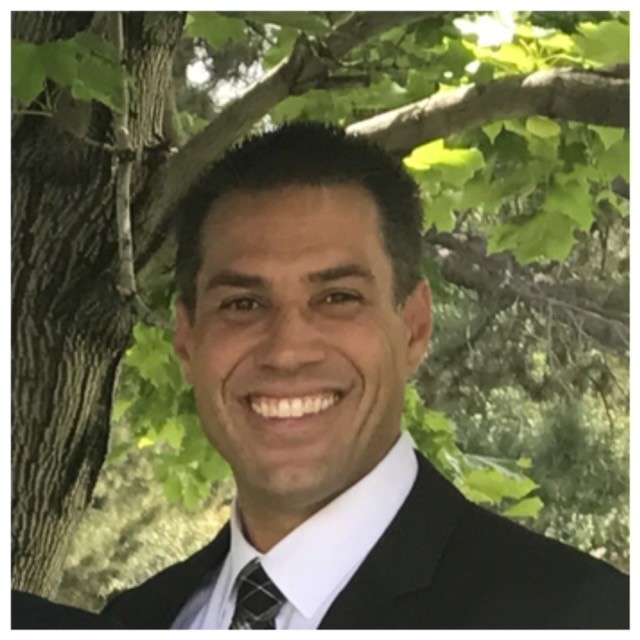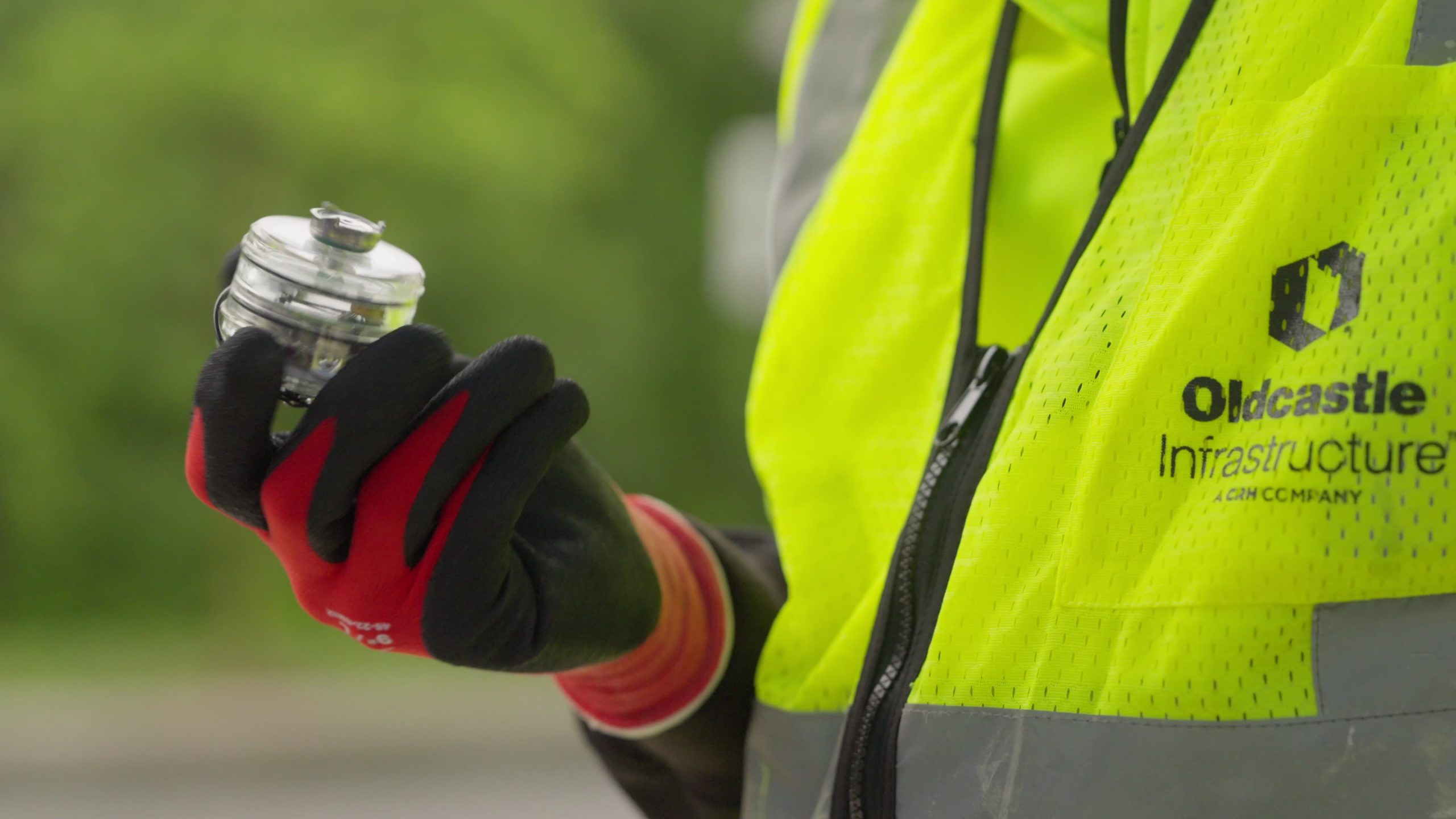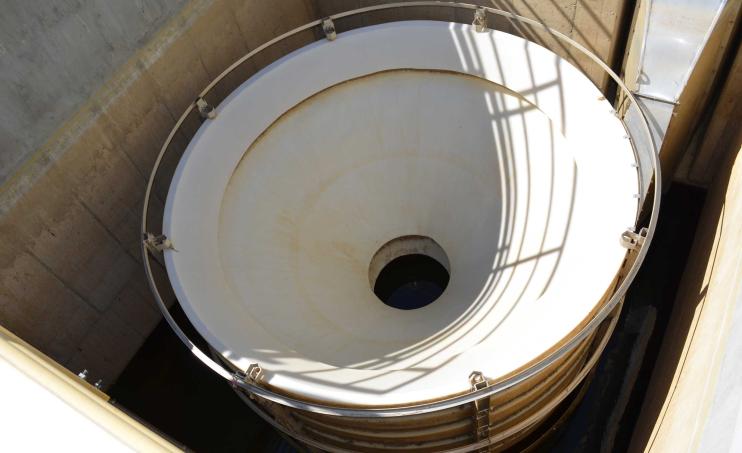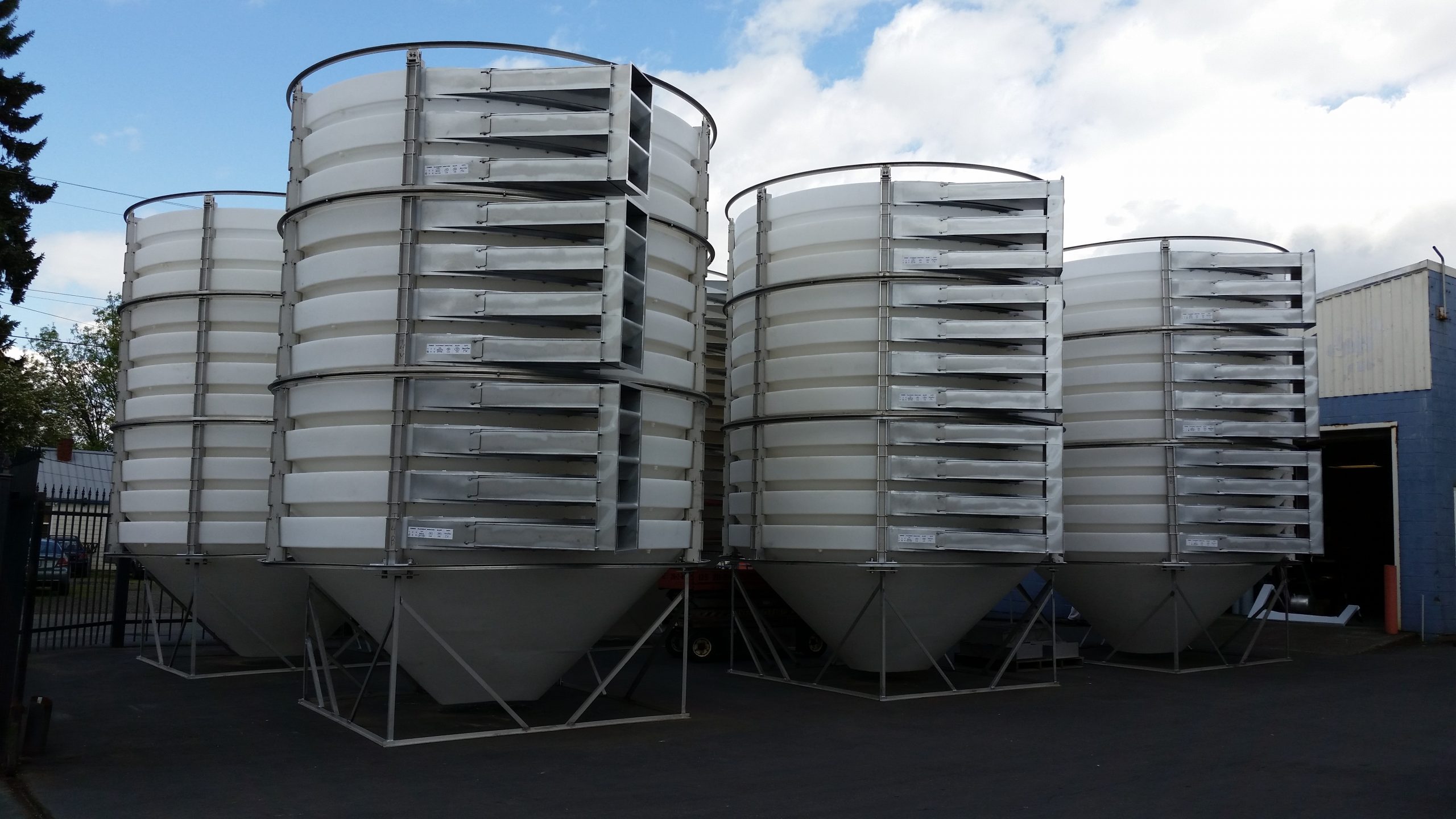February 6, 2025
Tapping into a Solution: Addressing Water Scarcity in the US

Each passing day underscores an eye-opening reality: water scarcity is becoming more and more prevalent nationwide, and protecting our available water is imperative.
Nearly 40 million people — about 12% of the U.S. population — live in the western part of the country that is dependent on the water supply from the Colorado River.
It’s a mighty challenge for the one of the longest rivers in the nation, which winds through seven states serving multiple purposes such as irrigation, power and source for potable water.
The river’s flow has decreased by about 20% in the past 100 years, a decline that may sound minimal until you factor in that a 10% decline puts nearly $1.4 trillion dollars of economic activity at risk.
Combine the overreliance on the Colorado River with climate change and aging infrastructure, and you face a trio of challenges demanding innovative solutions for effective water management.
Each passing day underscores an eye-opening reality: water scarcity is becoming more and more prevalent nationwide, and protecting our available water is imperative.
Water scarcity in Arizona and California
Real-life examples abound about the impact of water scarcity on communities, particularly in Arizona and California.
A 2023 report by the Arizona Department of Water Resources warns that there will be a major shortage of groundwater in the next century — a deficit on the order of 4.6 million acre-feet of water over the next 100 years. New estimates show that in Arizona one acre-foot of water can serve up to three typical households in a year, a number that varies by community. Regulators indicated that new development approvals in the sprawling Phoenix metropolitan area — home to some 4.6 million people — may be at risk unless additional water resources are identified.
In California, the 2023 State Water Project Delivery Capability Report predicted that the state’s ability to deliver water to its communities could be reduced by as much as 23 percent in 20 years because of changing water flow patterns and extreme weather shifts.
The report paints a stark picture of water scarcity: a 23% decline equals about 496,000 acre-feet a year, enough to supply 1,736,000 homes for a year.
Water loss due to leaks, theft, or metering inaccuracies before it reaches the consumer — called non-revenue water (NRW) — is also a major contributor to water scarcity. Globally, around 35% of all treated drinking water is lost as NRW each year.
The United States alone loses a staggering six billion gallons of treated drinking water every day due to leaks — about two trillion gallons of drinking water lost annually.
Using innovative solutions to tackle non-revenue water
This is where Oldcastle Infrastructure’s experience and expertise come in. CivilSense™, a comprehensive new water loss management service that pairs expertly trained field teams and actionable artificial intelligence (AI), enables municipalities to take effective, targeted action to protect drinking water supply.
Water scarcity can have major impacts on communities, threatening both public health and economic stability. Cities losing water also lose money, with operational costs from water loss and capacity strains placing massive financial burdens on cities.
Municipalities relying on traditional water management methods can now turn to innovative yet proven methods to address the growing challenges of water supply and demand. While metering, measuring, and managing water use help identify saving opportunities, they fall short in fixing large-scale water loss.
Rainwater harvesting and groundwater recharge provide valuable reserves but are unable to meet the increasing demand. Even efficient irrigation techniques like drip systems and advanced sewage water treatment, while important, cannot fully offset the pressures of overuse and population growth.
Without more ambitious solutions, these traditional ways will remain inadequate in the face of escalating water scarcity.
The challenges of water scarcity — and the potential of CivilSense™ — are clear. It’s a cutting-edge solution backed by decades of experience ready to provide a near-instant return on investment to systems of all sizes.
It’s an effective process that involves mapping networks with GIS data to ensure optimal sensor deployment and coverage, expert analysis of data collected, and prioritization of leak repair for optimal efficiency.
Conclusion
It’s increasingly evident that new, technology-based solutions are the answer to coping with today’s water challenges. Municipalities are dealing with reduced staffing and brain drain as senior-level managers retire and leave a skills gap and expertise that will take decades to rebuild. Budget limitations hinder necessary repairs, and the result is that drinking water slips through the cracks.
In the face of these challenges, municipalities large and small are finding CivilSense™ a reliable solution to today’s water scarcity realities. It’s the innovative approach to reduce operational costs and introduce scalable water loss management solutions in water-stressed communities across the country.
Next
- Read about how CivilSense™ is helping to make invisible infrastructure visible
- Learn more about CivilSense™
- Connect with a smart water expert



